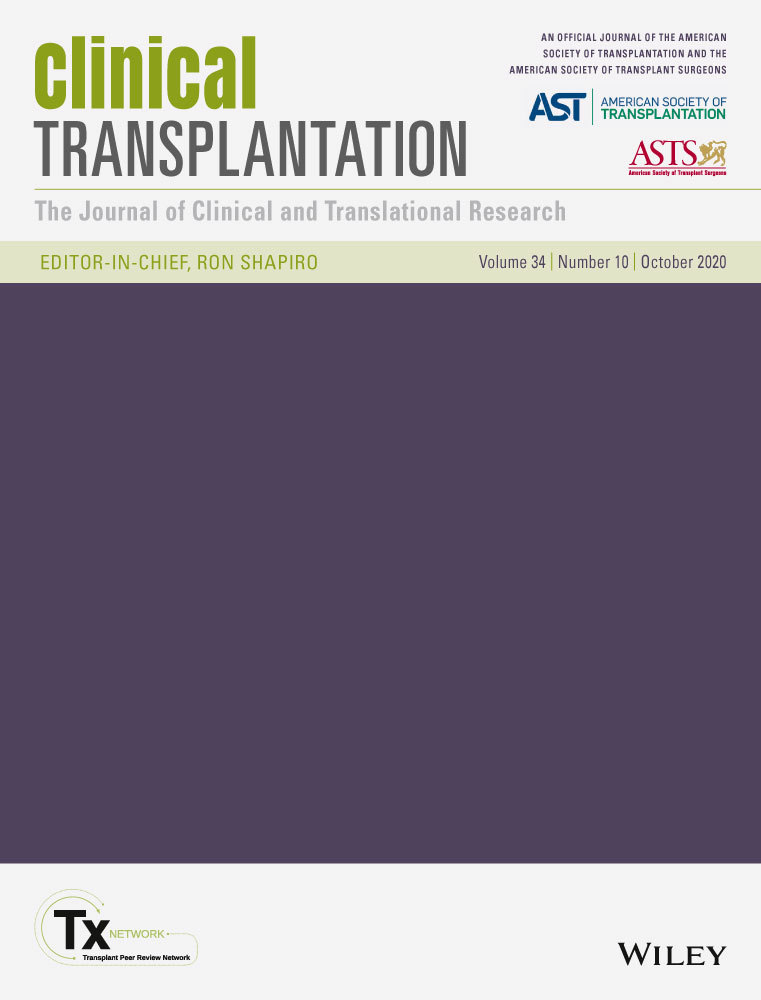Donor-recipient age interaction and the impact on clinical results after heart transplantation
Abstract
To evaluate the impact of donor-recipient age matching on clinical outcomes after heart transplantation, a total of 509 patients (January 1990-December 2018, mean follow-up 111 ± 80 months) were stratified into 4 groups (young-R/young-D, young-R/old-D, old-R/young-D, old-R/old-D) according to the recipient (young-R < 60, old-R ≥ 60 years) and the donor (young-D < 50, old-D ≥ 50 years) age. No difference was found among 30-day mortality (P = .11) and postoperative complications between groups. Both unadjusted and adjusted survival was significantly higher for group young-R/young-D than that of other groups, in which survival was similar [adjusted HR for mortality of 2.0(1.2-3.4), 2.1(1.4-3.8) and 2.5(1.6-4.1) for groups old-R/young-D, young-R/old-D, old-R/old-D, respectively]. Compared to other groups, the incidence of grade ≥ 2 CAV was significantly lower in old-R/young-D group [adjusted HR 0.4(0.2-0.7)]. Among young recipients, the rate of acute grade ≥ 2 rejection episodes was higher in those receiving an old donor graft (P = .04). Old recipient groups were more affected by neoplasms and severe renal failure than young recipient groups (P < .01). Employment of hearts from donors ≥50 years of age adversely affects survival in recipients <60 years of age but does not influence outcomes in older recipients. Also, donor and recipient ages seem to have opposite effects on incidence of rejections and CAV of high grade.
CONFLICT OF INTEREST
None.




